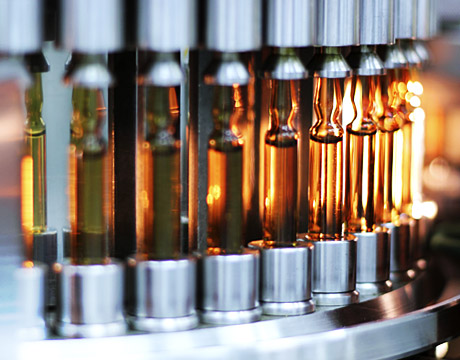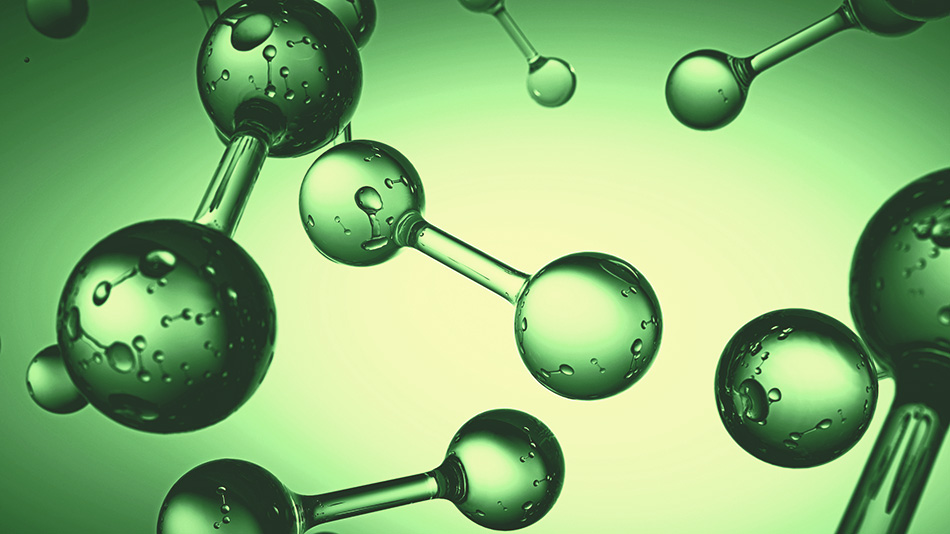Validating a Clean Sweep
Validating a Clean Sweep


Uncleanliness is next to lawlessness in pharmaceutical manufacturing. Failure to remove residues left by chemicals, particulates, microbial agents, and other contaminants can cause carryover into subsequent product batches, potentially compromising the finished drug’s safety, efficacy, purity, or quality. Regulators require drug makers to validate their processes for cleaning production equipment between batches. Off-spec batches warrant inspection, and if regulators link problems to faulty cleaning validation, a company can be forced to suspend or recall the products.
That’s what happened in landmark court cases in the late 1980s and early 1990s, when federal judges confirmed the Food and Drug Administration’s power to use nonconformity to Good Manufacturing Practice (GMP) guidelines as grounds for a recall – even in the absence of negative customer impacts. Since then, cleaning validation and verification have shot to the top of the industry’s quality- and process-control priorities. Many technologies and engineering decisions factor into the cleaning process and its validation, but the core “deliverable” is the chemical testing data proving that surface residue levels are within acceptable limits.
For engineering and quality control experts who manage the cleaning process, chemical testing after cleaning poses a production bottleneck. The line usually sits idle while workers systematically swab equipment surfaces to collect samples for analysis. The time it takes to gather the samples depends on the size of the equipment, the accessibility of its interior surfaces, and its proximity to the other machines that must be cleaned. Samples then go to a laboratory some distance away from the production line, where the chemists spend hours or days preparing the samples, analyzing them with high-performance liquid chromatography (HPLC), interpreting data, and writing reports. The lost efficiency can be costly, but there are downstream clinical impacts of these delays too. For example, the manufacture of drugs for clinical trials usually involves extremely small batches and short production runs. This increases the frequency of cleaning and validation, which can delay production and interrupt the supply of drugs to the trial sites.
Cleaning validation is here to stay, but the changing landscape of pharmaceutical manufacturing is opening the door to testing technologies that speed up the process – and possibly improve its accuracy.
Real-Time Results
Drug manufacturers, makers of laboratory equipment, and the FDA have been working to develop tools and methods for cleaning validation testing at the production line. Such instruments have been on the market for decades and are widely used in the refining, food/beverage, chemical, and semiconductor industries. In 2004 FDA launched a significant push to introduce widespread use of process analytical technology (PAT) in pharmaceutical production, including the cleaning validation process. The initiative is part of a broader move toward next-generation optimization concepts like continuous manufacturing and work-in-progress inventory management.
The FDA’s PAT guidelines state that on-line, in-line, and at-line measurement of critical quality attributes are acceptable if they are capable of real-time assessments that are equivalent to or better than laboratory measurements like HPLC.
Techniques
A wide range of real-time analyzers are optimized for cleaning validation or verification, each offering specific strengths for certain types of situations.
One emerging method under development at Pfizer involves a flashlight-style infrared laser analyzer that can measure residues at concentrations under 1 microgram per square centimeter. Built by Block Engineering (Marlborogh, MA), the analyzer is based on a quantum cascade laser, an emerging infrared light source that can be precisely tuned to desired wavelengths. The handheld battery-powered scanner produces fast measurements that confirm residues are within a specified range and help determine whether additional immediate cleaning is required. Although it uses the sophisticated laboratory measurement mode of absorption spectroscopy, the device can be operated and maintained by non-chemists.
Other high-end spectroscopy-based measurements are adaptable to the process environment as well. Ultraviolet/visible analyzers can be placed at the end of a production line during rinsing to measure levels of chemical components in the effluent stream. Programmed to signal the operator when a predetermined low level has been reached, the instrument helps determine when to stop the cleaning process. Another widely studied approach uses spectral measurements in the near-infrared wavelength region, where certain components are especially easy to detect. These analyzers can be designed to measure process flows using fiber optics to connect a remote instrument to a probe placed in the production stream. This approach lends itself to effluent analysis as above, as well as to continuous process monitoring.
Total organic carbon (TOC) analysis is another common lab technique being modified for online measurement in cleaning validation. Because most drugs are made from organic molecules or proteins, TOC has obvious potential. Novel online platforms such as the Sievers M9 system performs continuous monitoring of water combining UV persulfate oxidation with a membrane conductometric detector and sampling system.
Many techniques like these once considered too costly or complicated for at-line applications are now suitable for the harsh production environment and can be used and maintained by workers without knowledge of chemistry. Accordingly, pharmaceutical engineers can anticipate the need to understand how these devices operate and what they can and can’t do. Chemists, conversely, will need a solid understanding of real-world process equipment in order to develop effective measurement protocols.
In industrial plants, the model of a project team including a chemist, chemical engineer, and mechanical engineer, and others is established, but “it is clearly missing at lab-scale,” stated Moheb Nasr, vice-president of regulatory CMC strategy at GlaxoSmithKline. Speaking at last May’s MIT International Symposium on Continuous Manufacturing of Pharmaceuticals, Nasr said training designed to bridge the cultural gaps between the lab and the process line is an important prerequisite to cleaning validation in a real-time quality monitoring environment. “Chemists are not at ease using pumps and flow meters. The general view is that we are still training people in traditional silos,” he said. “We need engineers, scientists, technologists, statisticians, and software engineers to develop a common understanding.”
Michael MacRae is an independent writer.
Learn more at ASME’s 2015 Verification and Validation Symposium in Las Vegas, NV.
Training designed to bridge the cultural gaps between the lab and the process line is an important prerequisite to cleaning validation. Moheb Nasr, GlaxoSmithKline





